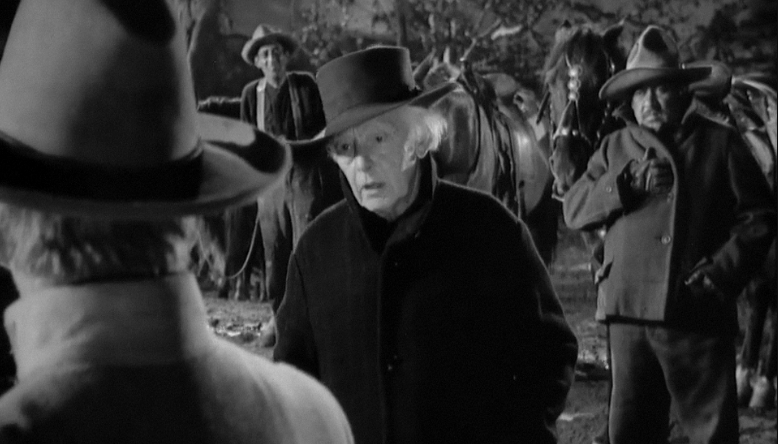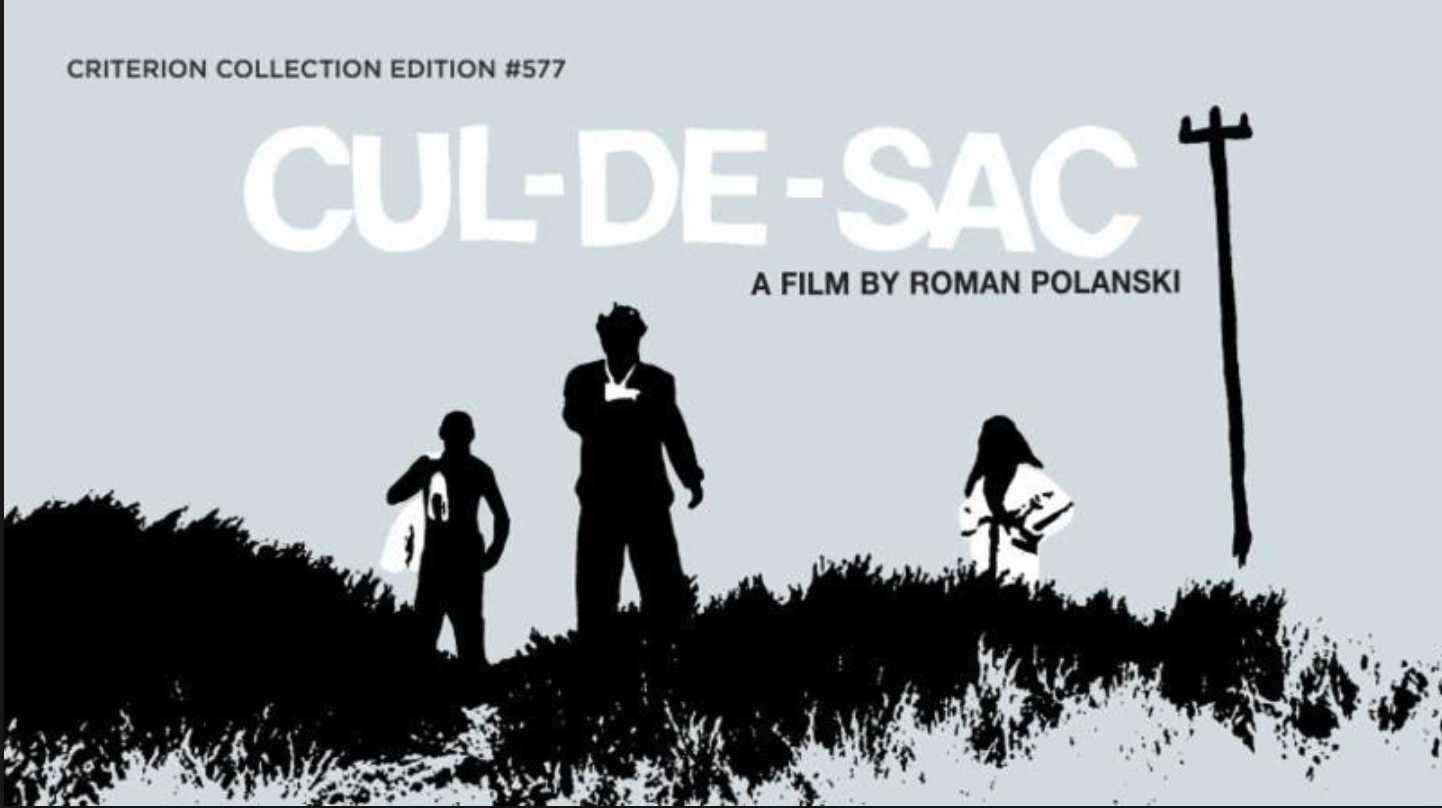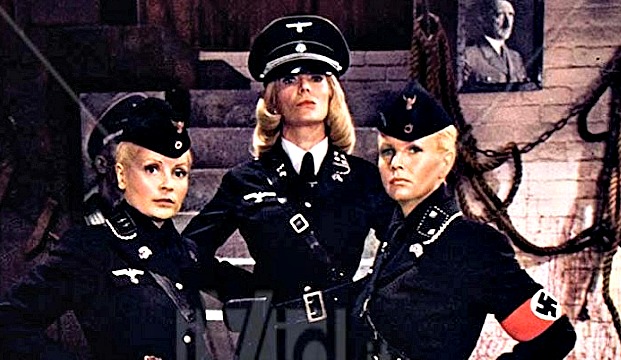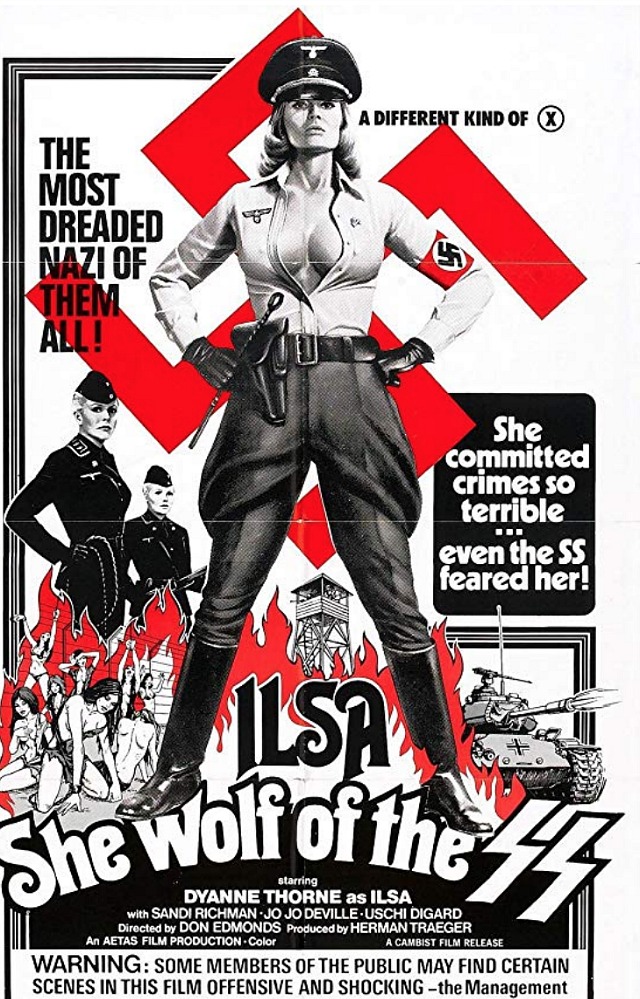The release date of WHE’s upcoming, highly controversial 4K Bluray of 2001: A Space Odyssey was recently bumped back to 11.20. A colleague reports, however, that Amazon and other retailers “are apparently getting limited stock in early and have already begun shipping, and so some people got it in the mail [yesterday].”
Here’s the big news: “My copy arrives on Monday, but I have readers who have it in hand already and are saying it’s not the Chris Nolan version” that played in theatres last summer — i.e., no piss-yellow or teal tinting.
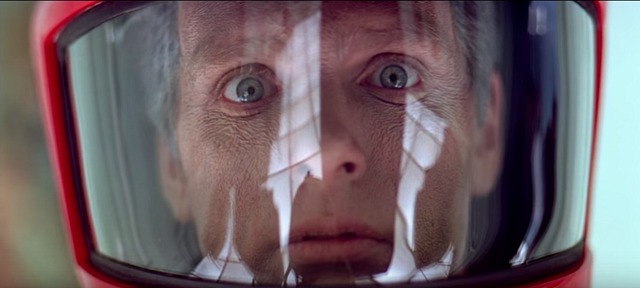
Frame capture from 2007 Bluray of
2001: A Space Odyssey.

Same image copied from WHE trailer for forthcoming 4K Bluray, which contains the same colors and specificity seen in the Chris Nolan version now in theatres.
This is excellent news if true. But if the disc has indeed been shorn of Nolan’s influence I’ve no choice but to presume one of two things.
One, that the WHE publicists and marketers who told the world last June that the 4K version had been “built on the work done for the new 70mm prints” (i.e., Nolan’s yellow and teal-tinted nostalgia version that premiered in Cannes) and then double-confirmed this by releasing a 4K disc trailer that contained the dreaded yellowish-teal tinting…I have to presume that these people didn’t understand what was happening and thereby passed along erroneous information.
Or two, that WHE honcho Ned Price considered widespread adverse reactions to Nolan’s urine-and-teal version and got cold feet and decided to produce a 4K Bluray that — shocker! — would present Stanley Kubrick‘s classic as it actually looked when it opened in 1968.
If the second scenario reflects what actually happened (i.e., that WHE marketers were in fact told by management that the 4K would in fact contain the values of the Nolan version, only to be made to look like absolute fools when a cleaner, truer version is released to the public), then Hollywood Elsewhere has to take at least some credit for changing Price’s mind.
Because I hammered and hammered on this story for months on end, bemoaning the urine-ization of a great film and wondering why WHE would willingly vandalize 2001 just to fortify a sweetheart relationship between Price and Nolan.
My source is going to get his 2001 4K disc on Monday, and has promised to get back to me. I’m naturally hoping to be able to report that the de-urineizing and untealing of 2011 has in fact happened, and that everyone can take to the streets and shout with glee that Nolan’s 4K Bluray version is indeed dead and that the whole urine-and-teal nightmare is over. Talk about a happy ending!
Read more
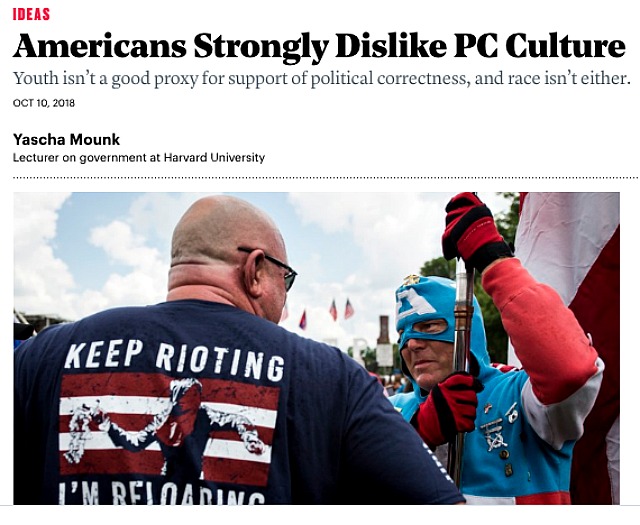

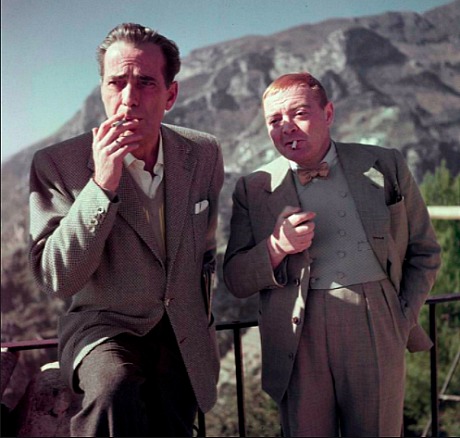
 Frame capture from 2007 Bluray of 2001: A Space Odyssey.
Frame capture from 2007 Bluray of 2001: A Space Odyssey. Same image copied from WHE trailer for forthcoming 4K Bluray, which contains the same colors and specificity seen in the Chris Nolan version now in theatres.
Same image copied from WHE trailer for forthcoming 4K Bluray, which contains the same colors and specificity seen in the Chris Nolan version now in theatres.


